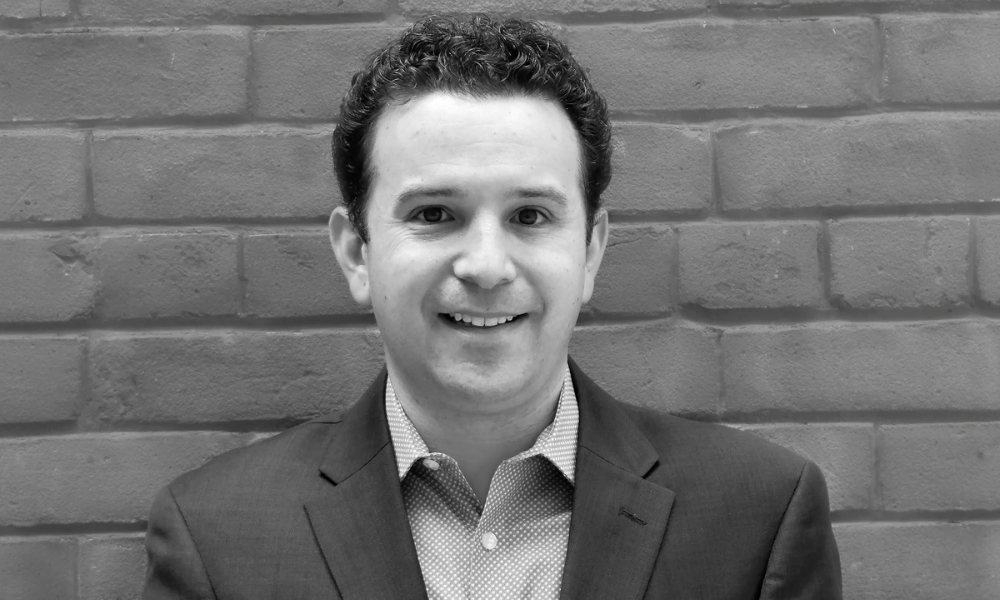‘This topic is becoming the very first agenda item for conversation and action across all industries’

Many leaders may feel overwhelmed by the daunting task of boosting mental health at work. But it doesn’t have to be that way, says an HR communications expert.
“Focus on your one-to-one team and if you can get that manager relationship nucleus strong, where it’s built on trust, it’s built on humility and then you replicate that with your team, therein lies your strength and it doesn’t require a multi-phased approach and all of these presentations and such,” says Sheila Avari, CEO of Fusion Consulting Group in Toronto.
Avari, who recently spoke on the panel, “The tone from the top: The role of leaders in fostering mentally healthy workplaces,” during the HRD Mental Health summit, told Canadian HR Reporter that the time for talking openly about mental health is quickly becoming popular in the working world.
“In speaking with heads of HR and business leaders from Fortune 100 companies for the past 17 years in my world, what I’m seeing now is that this topic is becoming the very first agenda item for conversation and action across all industries, where people are really tuning in a little bit more intentionally,” says Avari.
Because of the COVID-19 lockdown, with many employees spending large amounts of time at home, many are suffering and it’s incumbent upon leaders to act.
“Twenty-eight per cent of Canadians said they feel they could bring their entire self to work: that’s an alarmingly low number,” says Avari, who shared some recent numbers her company undertook, as part of the 2021 I.D.E.A.L Workplace Study of 500 Canadian professionals across eight sectors on how they see inclusion, diversity, equity, access and leadership at work.
“Thirty-eight per cent said they felt their manager recognizes them for accomplishments; 37 per cent said they feel encouraged to share ideas freely; only half felt they understood how their role contributes to the company’s objectives; and 34 per cent said their managers support them through coaching and learning,” she says.
These and other similar polling results starkly illustrate the depth of the problems facing many organizations, according to Avari.
“It’s like a cry for help where your employees are actually saying, ‘This is how I’m feeling in the workplace.’ It goes to show that the workplace plays a major role in an employee’s mental health.”
When it comes time to address these types of issues, focus on a simple acronym, says Avari.

Sheila Avari
“I did this four-step approach. I call it the ALTA approach and it’s fairly easy to remember: Ask, do you really care? Listen, like you really mean it. Think, just step away absorb what you’ve just heard, and then Act with a focused, thoughtful response.”
To illustrate, Avari recalled an all-hands meeting with about 500 attendees that was put on by a major employer and it had the CHRO declare that checking of emails in the evening was banned to foster better work-life balance. Instead of that statement being met with support and applause, something else happened.
“For a split second, it might have sounded really good but then I watched how it created anxiety on some people’s faces because, for them, the evening time might be when their home life settles down and they actually have some space to think quietly and reply properly to an email. People raised their hands and said, ‘Evenings work better for me in some ways, I want to be able to check,’ and the CHRO retracted and said, ‘You know what, you’re right, you all know the schedule that works best for you. You need to decide knowing what your accountabilities are,’” says Avari.
“It was an example of the evolution of thinking and an exercise in listening or exercising humility because now you’re saying the first idea isn’t always the best idea and the head of HR’s idea is not necessarily the best idea,” she says.
For HR professionals, it doesn’t have to begin with any grand gestures of tackling the workplace mental health issue, she says.
“For example, when you’re setting up performance and development objectives, you already know that’s a good manager-employee touch point; it’s a good time to do a checkin on: ‘How are you? How are things going? What else is on your plate that might need to be adjusted where work might need to be adjusted to accommodate that?’ These are the times to ask those questions: It’s an opportunity for the manager to show up as a human leader and not schedule separate meeting to talk about mental health. It’s just daunting and almost invasive.”
These “simple conversation starters are a good way to loosen up the culture; it’s OK to talk about workload, it’s OK to talk about what else might be happening and how can we work with you on that,” says Avari.
A recent survey asked whether or not workers are paying a “COVID tax” by logging more hours working while another survey found that the number of employers with wellbeing programs is rising.




